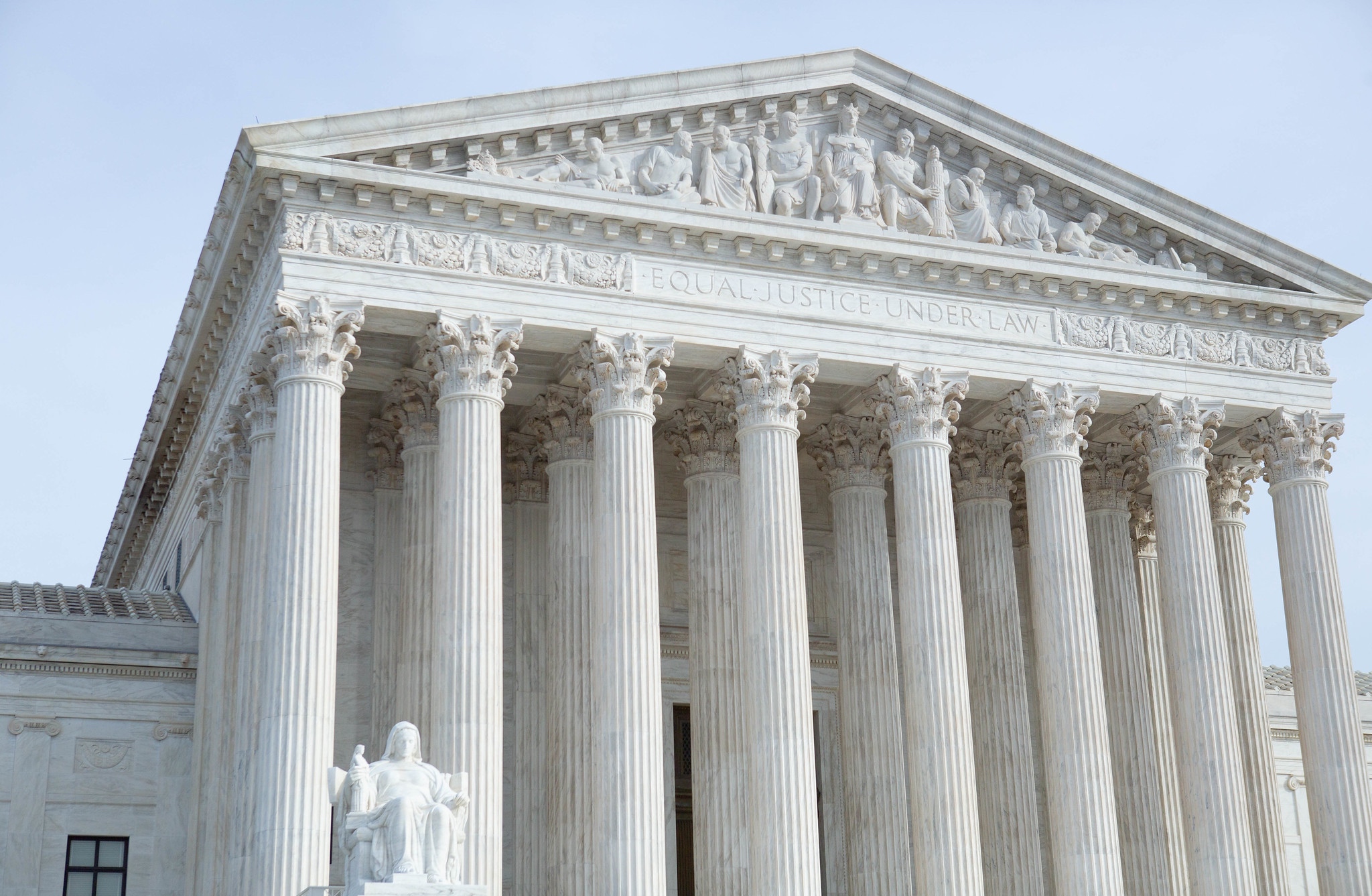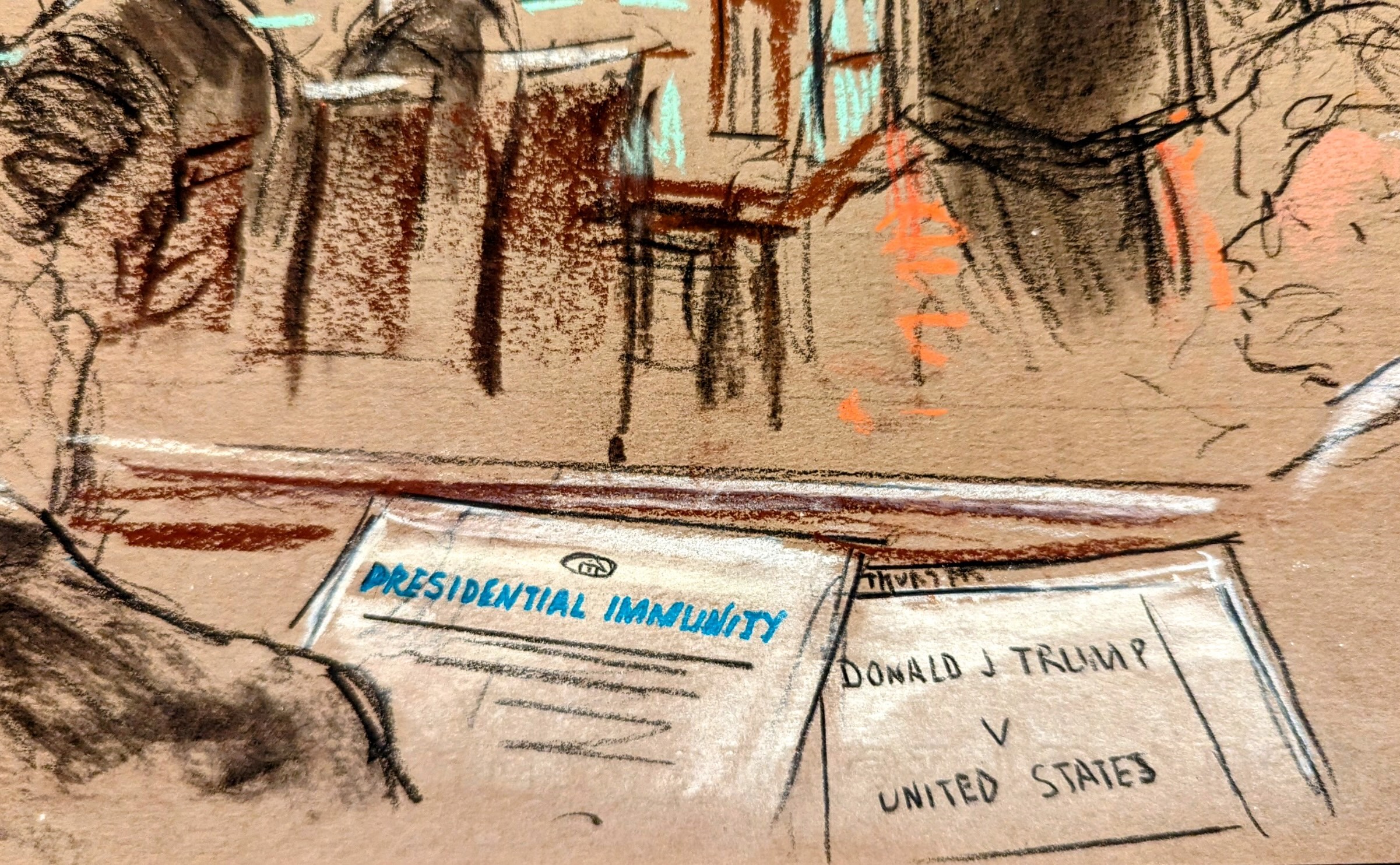Justices to review novel bankruptcy maneuver in public harms litigation
SCOTUS FOCUS
on Dec 3, 2023
at 8:29 am
The court will hear oral argument in Harrington v. Purdue Pharma on Dec. 4.(Anthony Quintano via Flickr)
Purdue Pharma’s bankruptcy deal, which will reach the Supreme Court for oral argument on Monday, is just one of many examples of recent unorthodox civil procedure maneuvers in public harms litigation. From the Catholic Diocese and Boy Scouts in their respective abuse cases to Johnson & Johnson’s talc litigation, 3M’s earplug case, and Revlon’s hair straightener case, corporations are turning to bankruptcy court over the traditional civil litigation process. Bankruptcy and its special powers are being used to compensate for what some court filings call the “failure” of tort litigation to efficiently and fully resolve all pending claims.
But can bankruptcy court solve a public health crisis? And should the parties in a tort litigation be permitted to bypass discovery and the adjudication of legal liability in the interest of reaching a global settlement and getting money to victims, cities, and states?
The question on which the court granted review in Purdue Pharma’s case looks deceptively narrower: whether, as part of the bankruptcy deal for Purdue, the manufacturer of OxyContin, the owners of the company, the Sackler family, could be shielded from all civil liability in exchange for a $6 billion contribution to the settlement. As William Harrington, the U.S. Trustee, puts it, the Sacklers “presumably think the agreed contribution of up to $6 billion is less costly than the litigation risk associated with the released claims.” The permissibility of this so-called nondebtor release is the precise issue before the court.
But, regardless of how the court comes out on that particular question, the case is also about how much procedural leeway the court is willing to grant as a way to resolve such lawsuits brought by large groups of people who have been similarly harmed, known as mass torts. Just last week, Justice Clarence Thomas authored what appears to be the first ever opinion (a dissent from the denial of review) on the question of the propriety of preclusion in the context of another procedural vehicle that has been repurposed in modern times to serve as a method of mass aggregation and settlement — multidistrict litigation. Thomas warned that “[w]e should not sacrifice constitutional protections for the sake of convenience.”
The critical background here is that the court’s precedents on class-action certification of nationwide harms have set a very difficult bar to reach, which is why the national opioid litigation was not filed as a class action in the first place. Instead, it originally proceeded as a multidistrict litigation, with thousands of plaintiffs and dozens of industry defendants consolidated before a single judge in federal district court in Ohio.
The MDL statute, enacted in 1968 to address antitrust litigation involving the electrical-equipment industry, has since been transformed by lawyers and courts into the most potent aggregating mechanism on the federal civil docket. MDL now comprises 54% of cases on the federal civil docket (a figure that surprises most). Although the statute formally allows for only pre-trial consolidation, 99% of cases consolidated into MDL settle. The opioid MDL came under scrutiny, including by the U.S. Court of Appeals for the 6th Circuit, for its own creative efforts to reach a global settlement — much as Justice Ruth Bader Ginsburg in 1997 rejected earlier efforts to expand the reach of the Rule 23 class action settlement in Amchem v. Window, an important ruling that helped raise the bar for class-action certification.
Despite its ambition, the opioid MDL failed to reach a global settlement, and Purdue filed for bankruptcy. Bankruptcy in Purdue’s case came after the company participated in the traditional tort process; it is the Sacklers’ third-party involvement that the U.S. Trustee argues is different. Like Johnson & Johnson — whose effort to avoid tort liability, in litigation alleging that talc found in some of its products (most notably, baby powder) caused ovarian cancer and mesothelioma, through a creative bankruptcy maneuver was recently rejected by the U.S. Court of Appeals for the 3rd Circuit — the Sacklers were not insolvent and would not have filed for bankruptcy themselves.
In the end, because of the bankruptcy court’s unique power to centralize and finally resolve all pending litigation — regardless of whether such litigation is filed in state or federal court (a power no other kind of federal court has) – the Purdue settlement had enormous leverage over the sprawling case, which included state attorneys general, cities, individuals, and other entities in courts across the country. A sufficient number of plaintiffs were ultimately persuaded to incorporate the Sacklers into their deal.
As to the broader implications, the U.S. Trustee argues that, by allowing the Sacklers to bypass the tort process, the release implicates due process, as it “ contravenes the ‘deep rooted historic tradition that everyone should have his own day in court.’” The government also raises federalism concerns, noting that the releases allow a single bankruptcy judge to permanently “enjoi[n] state-law claims by nondebtor third parties.”
From a public health perspective, choosing bankruptcy over first going through traditional litigation also prevents information from being elicited from powerful industry defendants — one of the most commonly touted reasons that litigation can contribute productively to a public health crisis. In cases ranging from tobacco to the gun industry, even just pre-trial process has proved especially powerful in generating information that can lead to policy reform.
Purdue, in turn, emphasizes the comprehensive power that the Bankruptcy Code gives to the court and the urgent need for the “life-saving funds” the settlement would distribute to victims and opioid recovery programs. Rather than wading through a vast array of separate litigation, they argue, the bankruptcy plan would get money to victims imminently.
The extent to which bankruptcy procedures could be made more trial-like is not directly before the court. But the ability to streamline process in bankruptcy is in large part what makes it attractive, and trials that produce detailed discovery or law development, while permitted, as a practical matter are rare.
One big question is whether the system should be focused on the need for global peace in the first place. A federalist system like ours — with state and federal court systems and jurisdictional boundaries between them — is structured to produce redundancy, not centralization. Yet pressure exerted by mass torts, including the needs of victims, has led lawyers on both sides of the “v” to innovate in the name of resolution.






